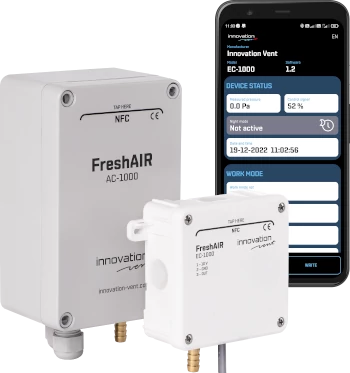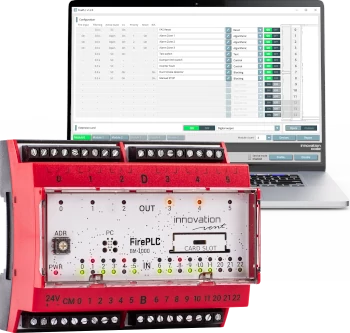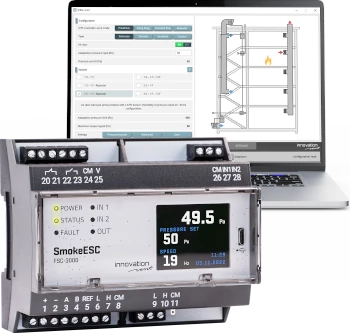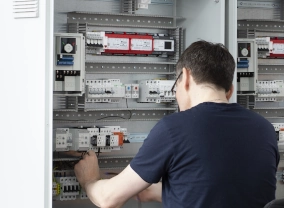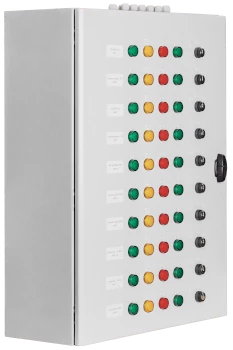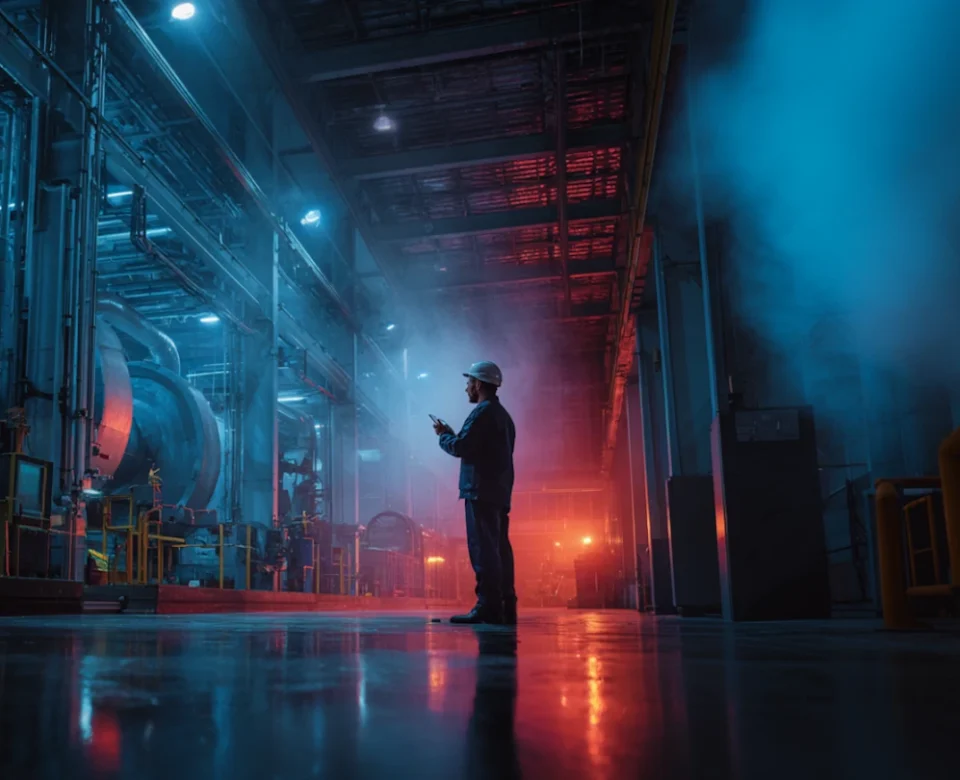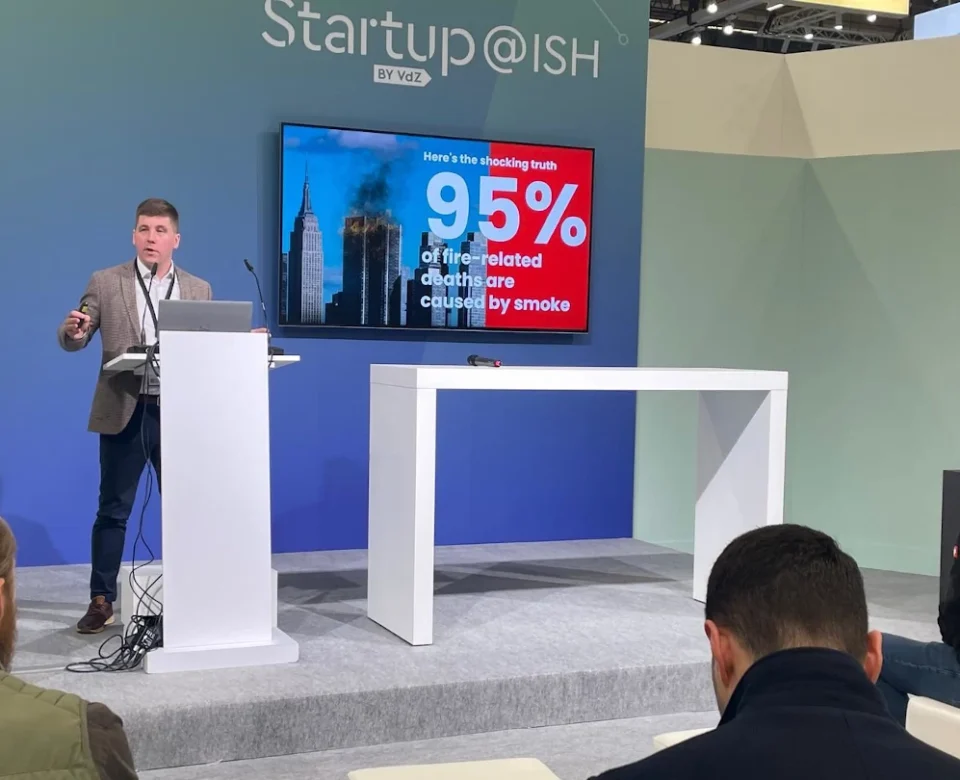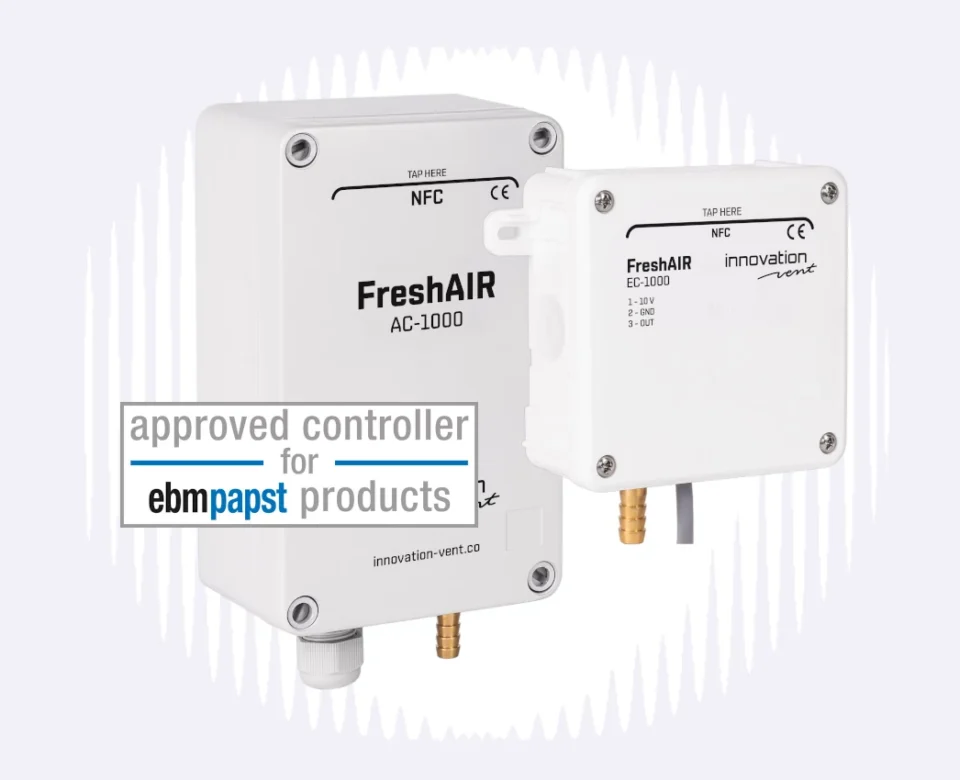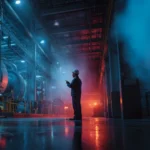
Intelligent adaptive algorithm in FreshAIR controllers – no more PID tuning
2025-06-26
In ventilation and building automation, even a few Pascals can decide safety, comfort, and energy efficiency. Maintaining overpressure in stairwells, sterility in cleanrooms, or stable HVAC operation requires highly precise measurements. The problem is that traditional pressure sensors often suffer from zero drift, gradually distorting results over time.
Modern transmitters solve this challenge with advanced technology, enabling accurate and stable readings even at the lowest ranges. This breakthrough means greater safety, energy savings, and long-term reliability.
What you will learn:
- Why low-pressure measurement is difficult and what zero drift means
- Practical applications in HVAC, fire ventilation, and cleanrooms
- The latest technologies that eliminate zero drift
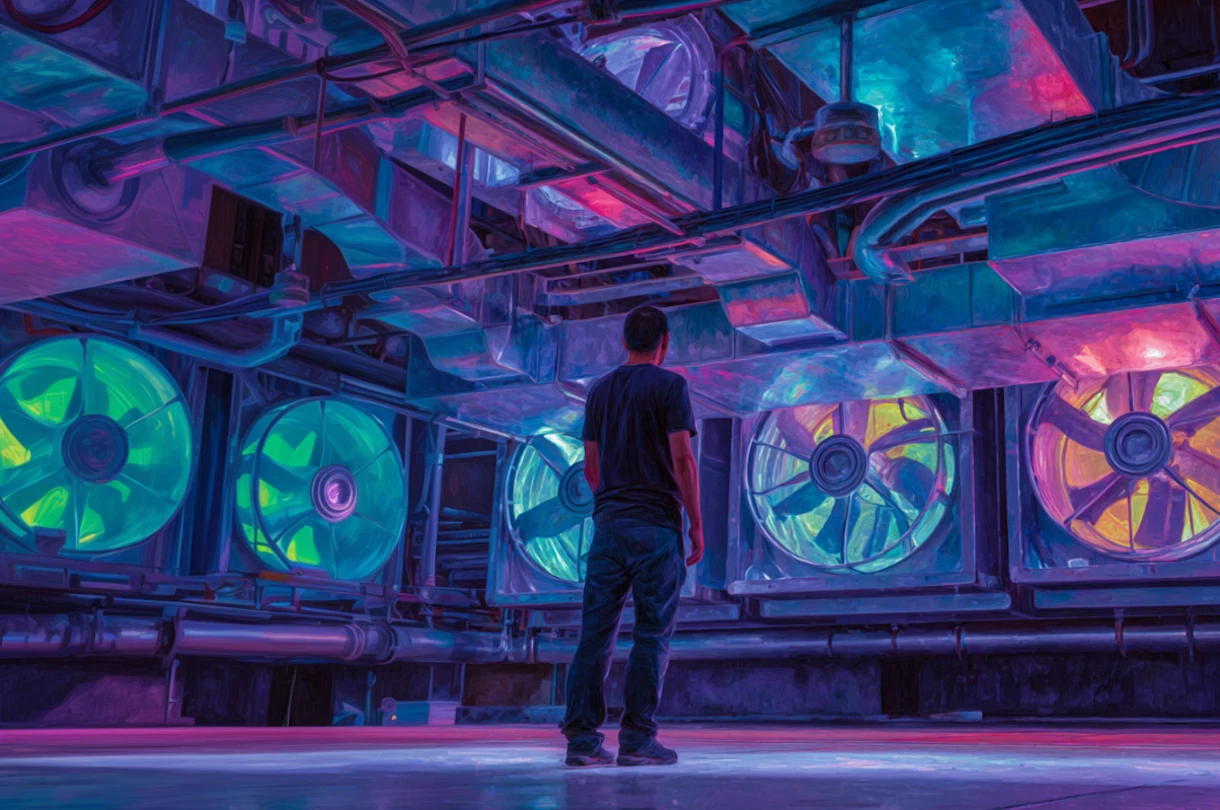
Why are low pressures so difficult to measure?
At first glance, air pressure in buildings may not seem like a complicated parameter. In practice, however, ventilation systems operate within very low differential pressure ranges:
- In stairwells and escape routes, small overpressures (e.g., 30–50 Pa) are maintained to prevent smoke from spreading in case of fire.
- In cleanrooms (laboratories, server rooms, operating theaters), pressure differences of just a few Pascals determine air cleanliness.
- In everyday HVAC systems, differential pressures at dampers or regulators must be measured with sub-1 Pa accuracy to ensure stable operation.
At such low ranges, even minor measurement errors can completely disrupt system performance.
What is zero drift and why is it a problem?
Traditional pressure sensors (e.g., piezoresistive) tend to exhibit zero drift—a slow deviation of readings from the true value over time. At higher pressures, this issue is practically negligible, but when measuring just a few Pascals, it can represent a difference of tens of percent.
Example:
- A sensor with ±1 Pa drift may be acceptable when measuring 500 Pa,
- but at 5 Pa, the same drift results in a 20% error!
Practical consequences:
- False alarms in fire safety systems,
- Unnecessary fan operation, increasing energy costs,
- Non-compliance with standards in sensitive rooms,
- Frequent sensor calibration and maintenance.
How “Zero drift-free” technology works
Modern pressure transmitters use advanced methods to eliminate drift, including:
- Digital temperature compensation – traditionally, temperature changes cause the largest deviations,
- Electronic self-calibration – the system regularly checks and corrects its zero point,
- Advanced MEMS sensors – resistant to aging and environmental conditions,
- Filtering algorithms – remove disturbances and stabilize readings in real time.
This allows for measuring extremely low pressures with accuracies up to ±0.25 Pa and virtually zero drift over the long term.

Benefits of accurate low-pressure measurement
Eliminating zero drift and achieving precise low-pressure measurements translates into tangible benefits:
- Fire safety – stable overpressure in stairwells and escape routes,
- User comfort – no drafts, even air circulation,
- Energy efficiency – fans operate only as much as needed,
- Reduced maintenance – sensors remain stable over time,
- Regulatory compliance – crucial for laboratories, hospitals, and production facilities.
Practical applications
Accurate low-pressure sensors are used across many sectors:
- Large-scale HVAC – optimizing fan and damper operation,
- Fire ventilation systems – controlling overpressure and smoke management,
- Cleanrooms – maintaining hygiene and safety standards,
- Pharmaceutical and electronics manufacturing – sterile production environments,
- Laboratories and server rooms – precise control of differential pressures.
In each case, accuracy and zero drift translate into cost savings, reliability, and safety.
A new standard in measurement
For years, measuring low pressures has been the Achilles’ heel of ventilation systems. Traditional sensors provided adequate results for simple installations but failed where precision was critical. Thanks to modern technologies—compensation methods, adaptive algorithms, and MEMS sensors—it is now possible to measure pressures with exceptional accuracy and virtually no zero drift.
This is not only a technological advancement but also a guarantee of safety, comfort, and reduced costs in managing the buildings of the future.

